Owing to its public domain status, Frank R. Strayer’s The Vampire Bat (1933) was the wayward introduction to a lot of people of my generation. It’s not necessarily a bad introduction, except for the fact that the vampire turns out to be not what he seems. However, we were probably just thankful that the movie didn’t turn out to be one of those “rational” explanations that were usually harder to swallow than the idea of vampires. The film is definitely a curious affair, but it helps if you understand that B horror in the 1930s was really more a case of indie horror. Fly-by-night outfits like Majestic Pictures (the culprits here) weren’t studios in the real sense. They were production companies that rented or borrowed studio space from real studios. In this case, the rented space came from Universal, allowing Majestic the chance to create a really good looking movie by using Universal’s European village and the standing sets from James Whale’s The Old Dark House (1932). (Universal itself was still recycling that set as late as 1935’s The Great Impersonation.) That part is explicable. Harder to understand is how they roped in stars like Lionel Atwill, Fay Wray, and Melvyn Douglas. Even the supporting cast was full of name actors — Dwight Frye, Maude Eburne, George E. Stone, Lionel Belmore — most of whom were hardly wanting for bigger assignments at real studios. The results were easily the classiest indie horror of the 1930s.
Now, I’m not claiming that The Vampire Bat is exactly a classic. It definitely creaks a little. Though it opens with a good use of the old silent movie composition, “Stealthy Footsteps,” most of the film has no musical track, making it feel older than it is. What starts out as beautifully atmospheric — thanks to the music and image combination — quickly becomes a little clunky. The fact that the film is in the public domain hinders matters further. There are any number of copies floating around and all of them need restoration work. Unfortunately, since no one owns The Vampire Bat, no one is likely to invest the money in the needed work. (This copy is the best I’ve seen and it’s not great.)
All that to one side, the movie has much in its favor. Even when it goes music-less (not that there’s any shortage of clicks and pops on the soundtrack), the film retains a lot of its atmosphere. The dialogue is good and even affords us a great mad doctor speech of the sort for which Lionel Atwill is so rightly famous. (OK, so the creation he’s so jazzed about is…well, pretty lame, but, damn it, he’s enthused.) Melvyn Douglas makes a solid — and frequently amusing — hero. Fay Wray is Fay Wray, which is all you can expect. Dwight Frye — intentionally or not — is funny as the village simpleton who likes the play with bats. His fate, however, is surprisingly grim — the sort of thing no mainstream film would have done, since it turns the villagers into nothing less than a lynch mob. And then there’s Maude Eburne, who is an acquired taste, but who does provide the movie with what I suspect is cinema’s first diarrhea gag. Whether that’s a plus is a separate issue.
Sam Newfield’s Dead Men Walk (1943) is a slicker affair that was made by an actual studio, though calling PRC a studio is a little generous. Here is a film that could probably use less music, but there you are — feast or famine. It does, however, offer us a real vampire — if one who seems to have intentionally acquired this affliction via (never explained) black magic. The film’s director, Sam Newfield, had the advantage of being the brother of PRC’s owner, Sigmund Neufeld, which explains his constant employment there. Actually, Newfield isn’t a bad director, given the monetary constraints of the studio. He directed four of the five horror films star George Zucco made for PRC — and they’re all competent. Three of them including this one, are reasonably atmospheric. (How much this had to do with underlighting everything to save on electricity is open to question.)
Dead Men Walk give us two George Zuccos, which is definitely a plus. Zucco plays kindly Dr. Lloyd Clayton and the deliciously evil Dr. Elwyn Clayton. You can easily tell them apart since Lloyd is Zucco with a hairpiece and Elwyn is Zucco without it. Elwyn is the walking dead man of the title, of course, seeking revenge on his goodie-goodie brother by vampirizing his niece (Mary Carlisle, one time Bing Crosby co-star, who quit movies after this one). He’s prone to saying great things like, “You’ll pray for death long before you die!” and other knee-slappers. In short, Elwyn’s a lot of fun. Lloyd, not so much. We also get Dwight Frye — looking puffy and ill (he died the same year) — as Zolarr, Elwyn’s Renfielf-like sidekick. As usual, Frye is pretty awful, but that’s part of his charm, and it’s nice to see him go out in a juicy role as opposed to the glorified extra work Universal was giving him. It’s all pretty absurd, of course, but enjoyably so — not in the least because it takes itself very seriously.
The Thursday Horror Picture Show will screen The Vampire Bat and Dead Men Walk Thursday, Sept. 11, at 8 p.m. in Theater Six at The Carolina Asheville and will be hosted by Xpress movie critics Ken Hanke and Justin Souther.




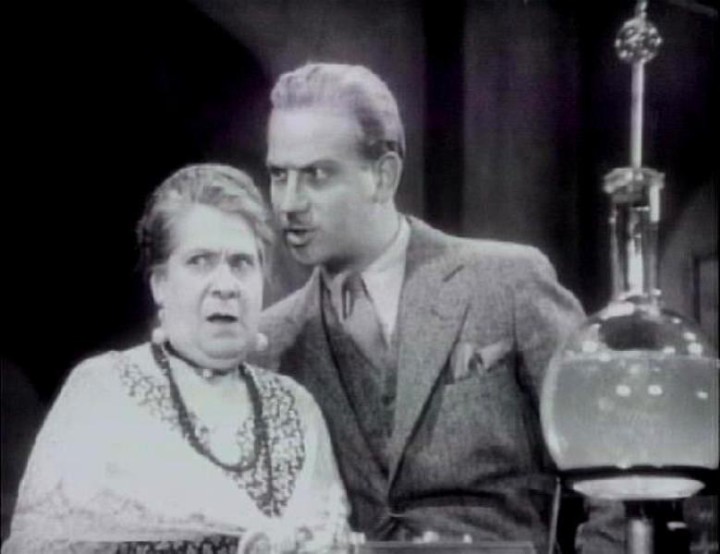
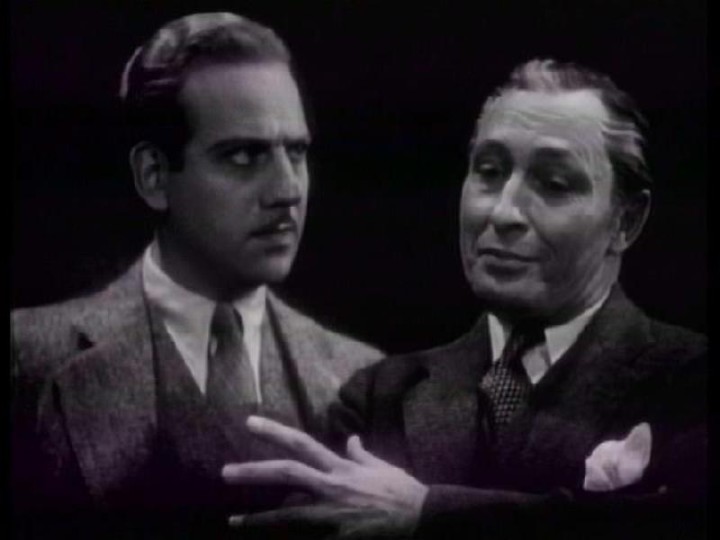
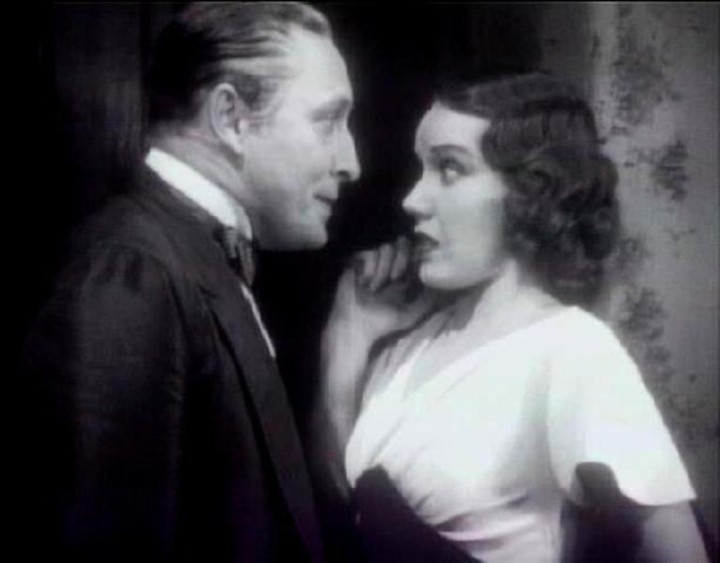
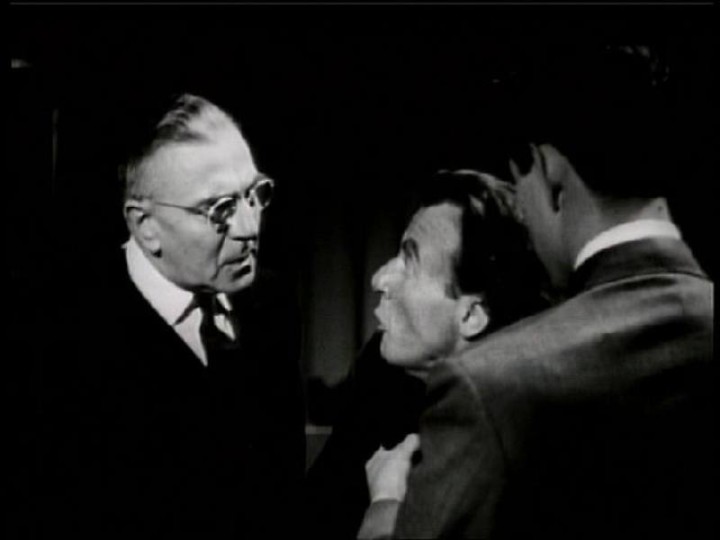
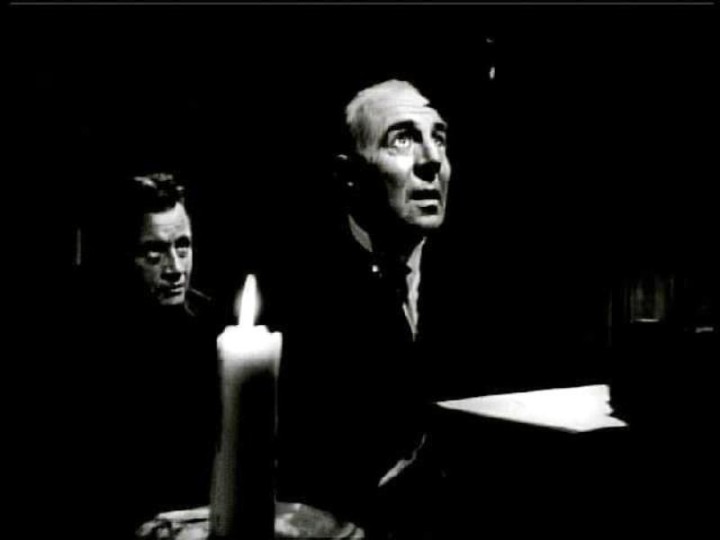
Before you comment
The comments section is here to provide a platform for civil dialogue on the issues we face together as a local community. Xpress is committed to offering this platform for all voices, but when the tone of the discussion gets nasty or strays off topic, we believe many people choose not to participate. Xpress editors are determined to moderate comments to ensure a constructive interchange is maintained. All comments judged not to be in keeping with the spirit of civil discourse will be removed and repeat violators will be banned. See here for our terms of service. Thank you for being part of this effort to promote respectful discussion.